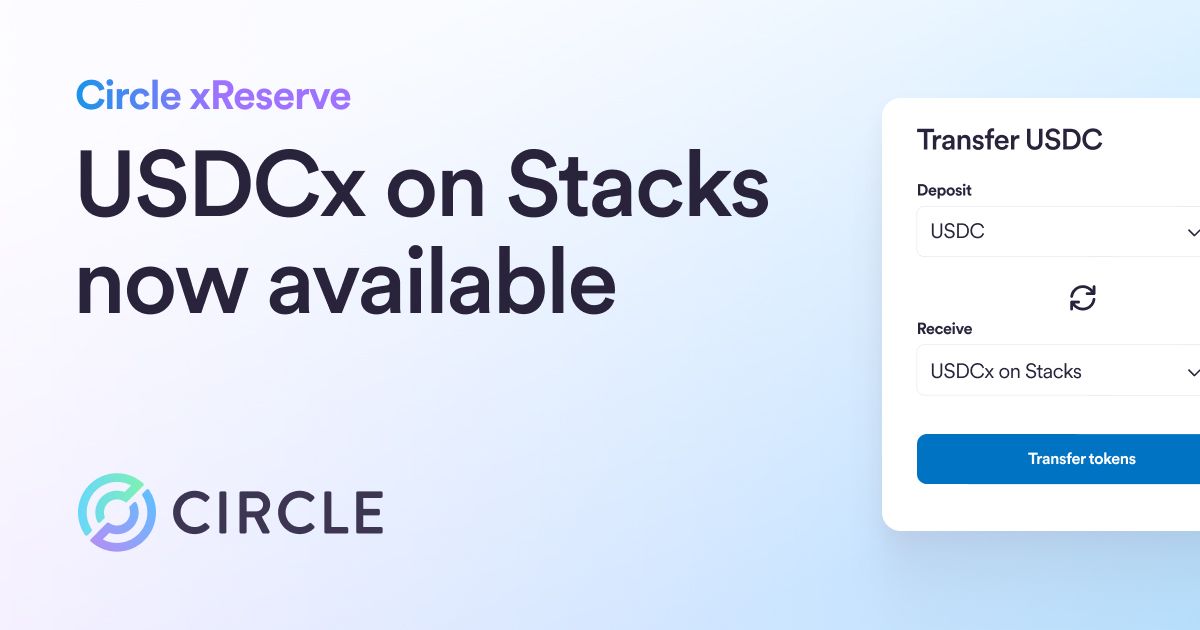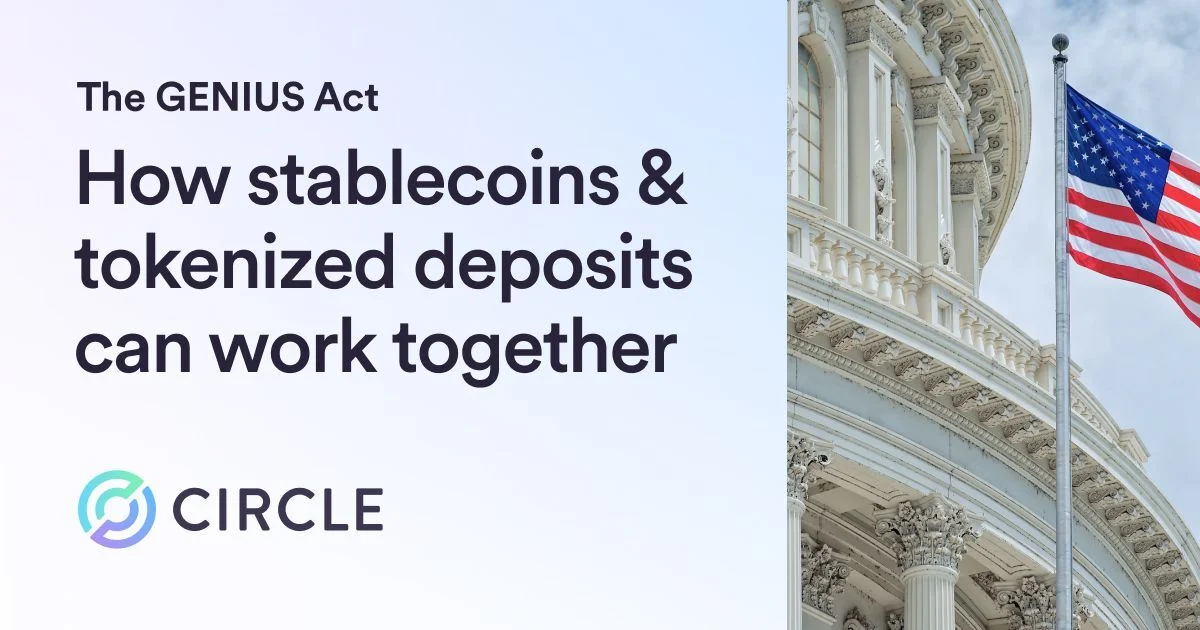In the latest ecosystem spotlight, HackMoney prize winner Yield Swap brings interest rate swaps to the DeFi ecosystem.


Aetienne Sardon is co-founder of the Yield Swap Protocol, a DEX to make DeFi lending markets more efficient. His prior roles include FinTech innovation partner at the largest Swiss ICT provider and digital asset specialist at a Swiss investment bank. He also serves as ambassador for the privacy-preserving Oasis network and has co-authored several articles in the fields of blockchain and privacy-preserving technologies.
Johan Sjödin is co-founder of the Yield Swap Protocol, a DEX to make DeFi lending markets more efficient. He has a PhD in Cryptography from ETH Zurich, has several years of experience from Swiss investment banks, was a partner of a high-frequency/algorithmic trading company, and has great expertise from roles in the distributed ledger technology (DLT) space.
What is Yield Swap
Yield Swap is a DEX for managing DeFi yield risks. Yield Swap provides sophisticated traders and institutional clients a way to increase or decrease their exposure to DeFi yields. This makes risks associated with DeFi rate uncertainty better manageable.
The Problem: DeFi Rate Uncertainty
The problem with today's lending protocols is two-fold: on the one hand, users of DeFi loans typically don't know how much interest they will have to eventually pay. This is because most lending protocols charge variable interest rates, which leaves users exposed to increasing rates and makes it hard for them to use DeFi loans as a longer-term funding source.
For example, the DeFi variable borrowing rates on platforms like Compound or Aave have changed by up to 10% p.a., sometimes just within a week's time. On the other hand, the same problem appears on the deposit side of today's DeFi lending markets: i.e. users who lend out their crypto typically don't know in advance how much yield they will effectively earn, making it difficult to plan for longer time horizons.
This is a major obstacle for the further development and growth of the overall DeFi market. Yield Swap's mission is to help overcome this.
How Yield Swap Works
With Yield Swap, users simply select the rate "direction" (i.e. rising or falling) they want to protect themselves against, a reference rate (e.g. Aave USDC rate) and a tenor (e.g. 3 months). For example, (i) someone taking out a loan will want to protect himself against rising rates whereas (ii) someone depositing funds will want to protect himself against falling yields.
In order to do this, users go to the Yield Swap DEX, where they can transfer their yield risks to an Automated Market Maker (AMM). This is done by using so called Interest Rate Swap (IRS), one of the most highly traded derivatives in TradFi.
These IRS instruments work as follows: For example, let's assume a user wants to protect himself against falling rates. He goes to the AMM and pays a variable reference rate and in exchange receives a pre-agreed fixed rate determined by the AMM. Now if floating rates indeed realize lower the user will receive the higher fixed rate but still only pay the lower floating rate. As a result, the user has effectively become immune against scenarios where floating rates fall below the fixed rate.
What makes Yield Swap Unique
Yield Swap is unique in several ways: (i) it is composable with already existing DeFi lending products, (ii) it allows "shorting" yields (i.e. users can speculate on and profit from falling rates), (iii) it allows exposure to synthetic yields (i.e. users can get exposure to yields but without having to invest in the underlying interest-bearing instrument), and (iv) it is more capital efficient than comparable yield risk management solutions.
How Circle enables Yield Swap
Circle's USDC dollar digital currency is an important enabler for Yield Swap and was a natural choice when we first started the project.
First, USDC provides a very robust settlement instrument for Yield Swap. Because USDC doesn't share any systemic risks with the overall DeFi lending market it provides a reliable settlement instrument especially under stressed lending market conditions.
Secondly, because USDC is already integrated with all major DeFi lending markets it helps us reach out target market. And thirdly, USDC's support for layer 2 solutions, like Polygon, makes it an attractive component for us to build on also long-term.




